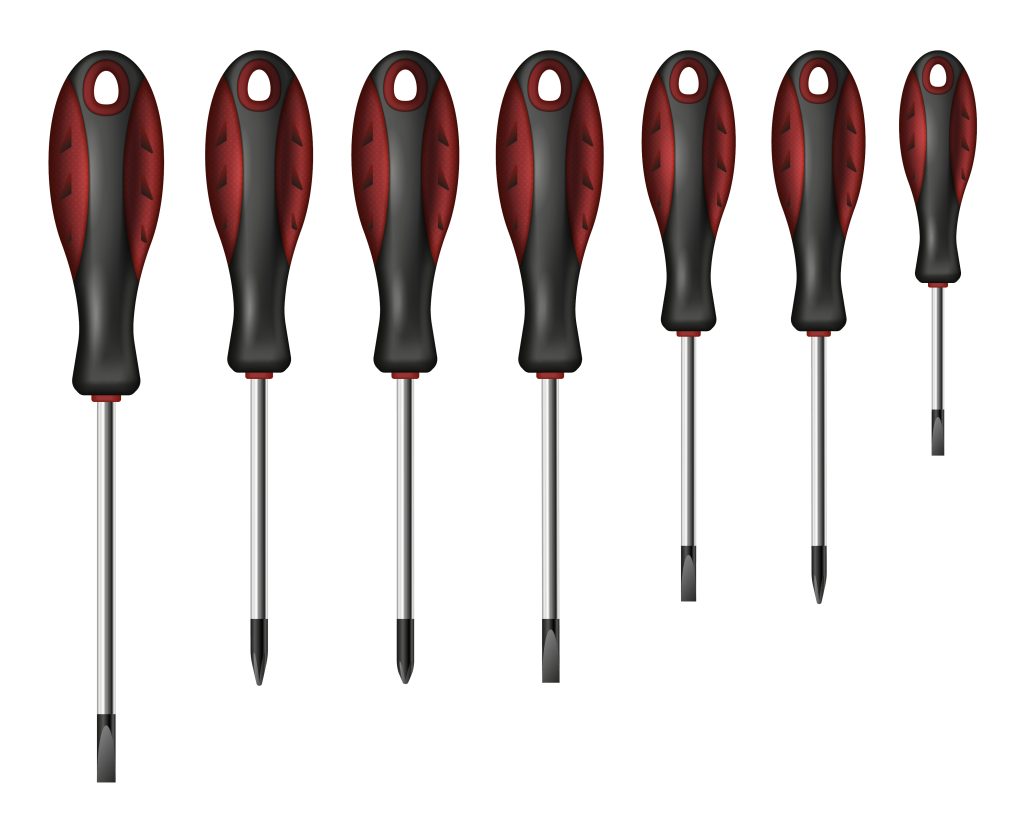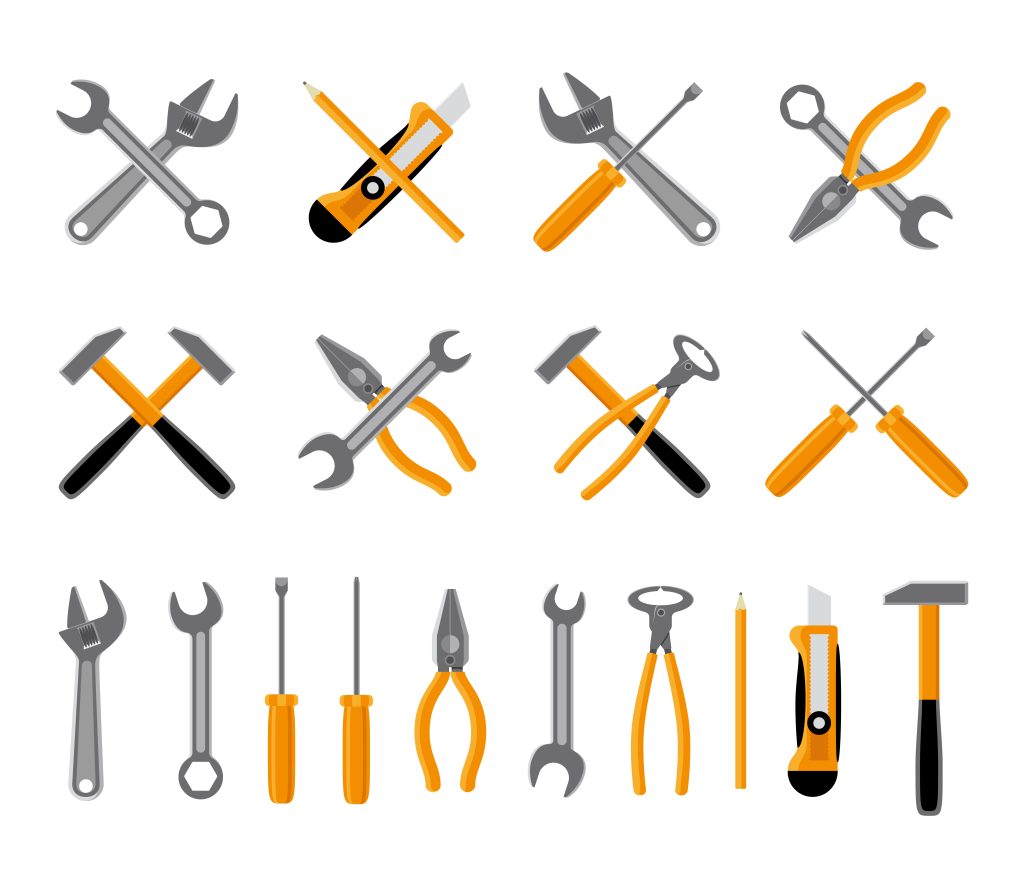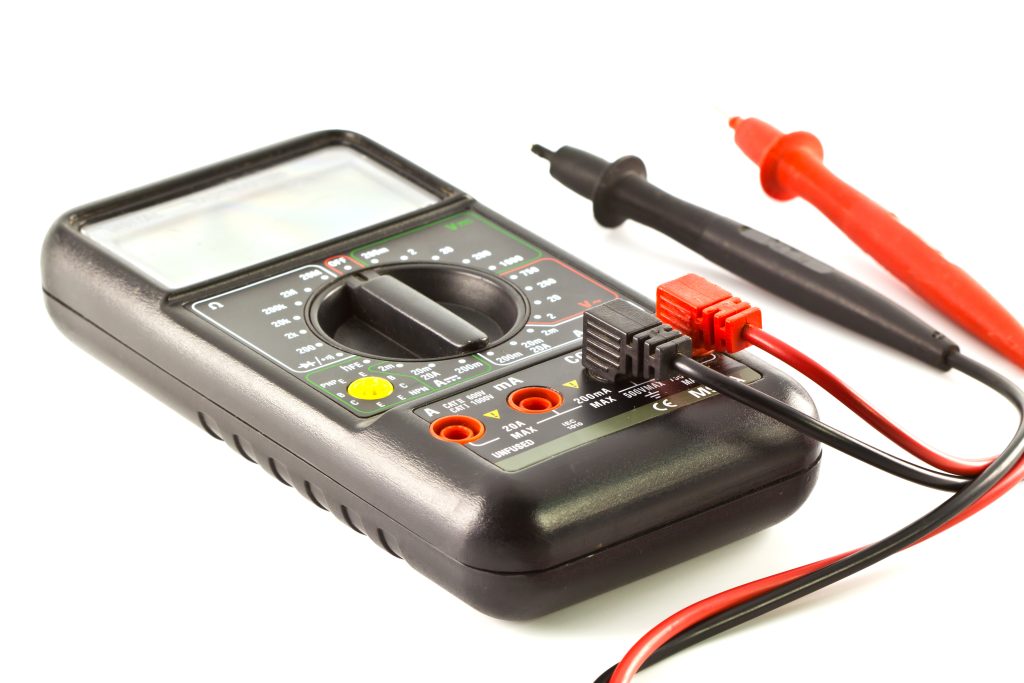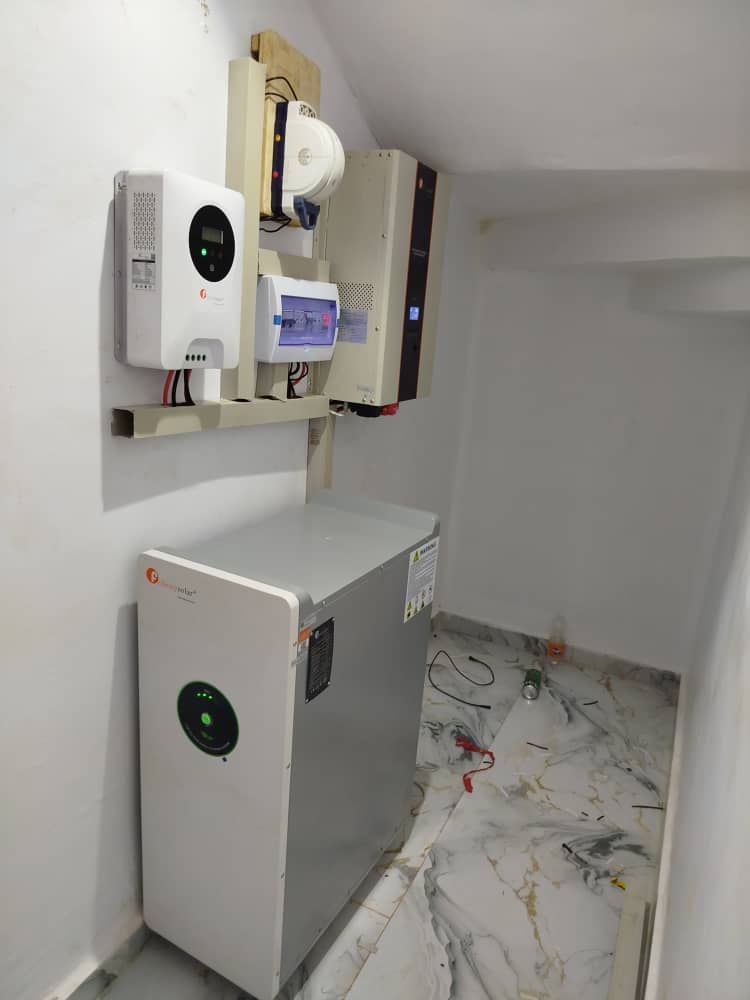
10kva inverter and solar system successfully installed
Discover essential tools for solar and inverter installation. Whether you’re a homeowner, Diyar, or pro, this guide walks you through every step.
Essential Tools and Equipment for a Smooth, Safe, and Successful Solar and Inverter Installation
If you’re planning a solar and inverter installation, having the right tools is essential. Each step, from mounting the panels to wiring the inverter, requires specific equipment to ensure the process is safe, efficient, and successful. Whether you’re a homeowner planning a DIY project or a professional installer, this guide will clearly walk you through all the essential tools along with how to use them effectively.
Here’s a breakdown of the tools you’ll need, categorized for clarity and ease of use.
1. Basic Hand Tools
These tools are indispensable for almost any type of installation work and form the foundation of your toolkit. from simple Electrical fittings to complete set up.
Screwdrivers
- Purpose: Used to fasten screws, which are common during panel mounting and securing inverter components.
Wrenches and Spanners
- Tip: Adjustable wrenches add versatility and save you from carrying multiple sizes.
- Purpose: Essential for tightening bolts on mounting frames and adjusting hardware
Pliers
- Purpose: Used to grip, twist, or cut wires. Needle nose pliers are especially useful for detailed electrical work like connecting wires to terminals.
Hammers
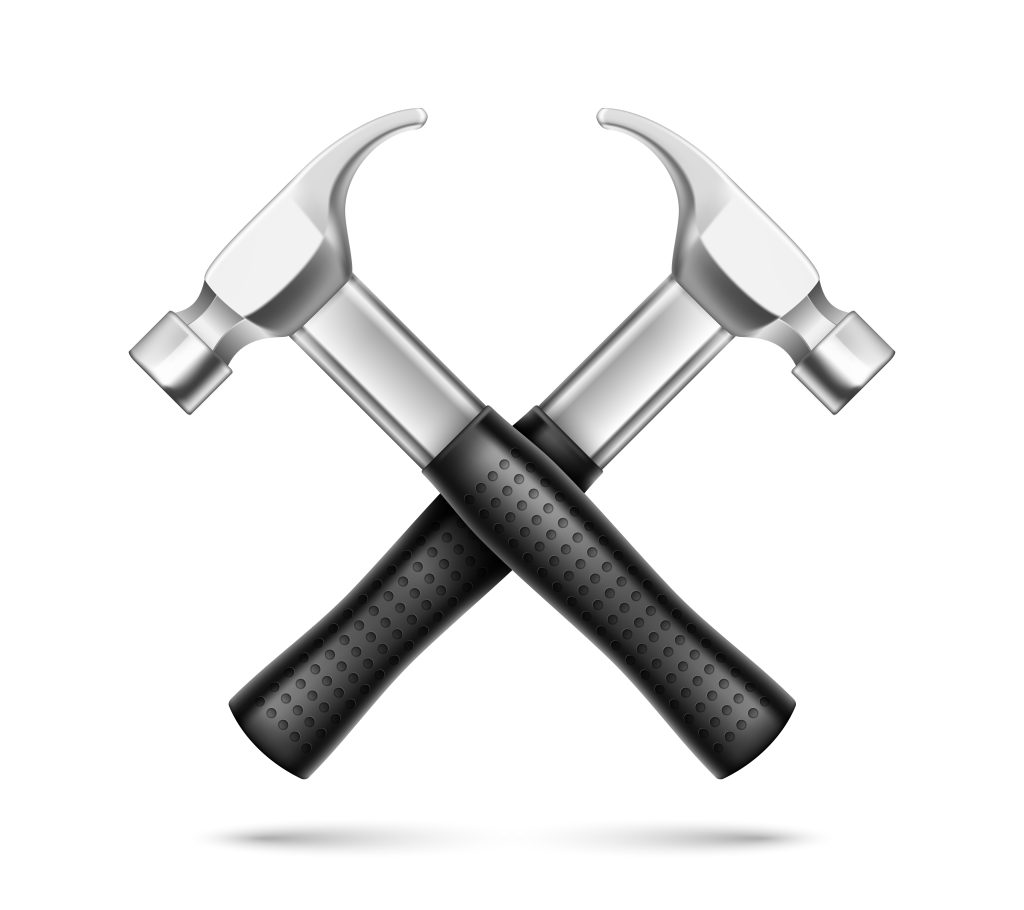
Tip: for driving nails and removing them
- Purpose: Handy for driving nails or securing lightweight mounting materials.
Having these basic tools ensures that you can handle a variety of tasks, from assembling hardware to making small adjustments on-site.
2. Electrical Tools
Electrical work is a crucial part of the installation process, without a basic Electrical knowledge it will be impossible to carry out a solar and inverter installation. so having specific electrical tools is non-negotiable.
Multimeter
- Tip: Use it to check the voltage output from the solar panels and the performance of the inverter system.
- Purpose: Measures voltage, current, and resistance to ensure the electrical system is working correctly.
Wire Strippers
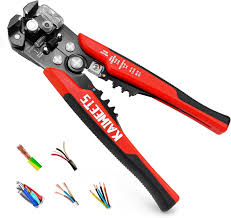
Tip: having this with you make your work more professional and neat.
- Purpose: Strips insulation off wires without damaging the copper underneath, making it easier to connect and secure.
Cable Cutter

Tip: A ratchet cable cutter is ideal for heavy-duty work.
- Purpose: Allows for clean and efficient cutting of thick cables used in solar panel and inverter connections.
Crimping Tool
- Purpose: Secures connectors onto cables, ensuring strong and solid electrical connections.
- Tip: Look for adjustable crimpers compatible with various connector types.
Insulation Tape
- Purpose: Provides insulation for exposed wires and prevents electrical leakage.
These tools not only help with connecting the electrical system but also ensure the safety and durability of your setup.
3. Safety Equipment
Working with solar panels and electrical systems involves several hazards. Safety equipment protects both the installer and the system.
Safety Glasses
- Purpose: Protects your eyes from dust, debris, and any accidental sparks during electrical work.
Gloves
- Purpose: Insulated gloves prevent electric shocks, while heavy-duty work gloves protect your hands during mounting and construction.
Harness or Fall Protection Gear
- Purpose: If panels are being installed on a roof, fall protection equipment is critical to prevent accidents.
Hard Hat
- Purpose: Shields your head from falling objects during installation work.
Always prioritize safety by equipping yourself with the right gear before starting any work. The importance of safety in your installation process can not be over emphasized.
4. Specialized Tools for Solar Panels
Solar panel installation involves some specific tasks that require specialized tools.
Solar Panel Cradle or Lift
- Purpose: Helps safely lift and position solar panels, especially when installing on a roof or elevated structure.
- Tip: A panel lift minimizes the risk of dropping the panels during installation.
Roof Anchors
- Purpose: install anchors for solar panel mounting without causing damage to the roof.
PV Panel Clamps
- Purpose: Holds solar panels securely to their mounting system.
MC4 Connector Tool
- Purpose: Used to properly tighten or unscrew MC4 connectors that link solar panels together. This ensures watertight and secure connections.
These tools are specific to solar panel installation and help make the process smoother and more precise.
Solar panel multimeter
- Purpose: necessary for measuring the solar panel parameters. VMP, VOC, PMAX and others.
- Tip: Use a multimeter for accurate reading especially when the nameplate is less visible.
5. Tools for Mounting and Framework
Mounting solar panels and securing the inverter requires additional tools to ensure everything is safely and firmly in place.
Drill and Drill Bits
- Purpose: Necessary for creating holes in mounting surfaces or securing fasteners.
- Tip: Use a cordless drill for better mobility, especially for rooftop installations.
Level
- Purpose: Ensures that solar panels are mounted at the correct angle and perfectly aligned for maximum sun exposure.
Torque Wrench
- Purpose: Tightens bolts to the exact specifications, avoiding over-tightening that could damage frames or panels.
Measuring Tape
- Purpose: Ensures accurate spacing between panels and helps align the mounting structure.
By using these tools, you can confidently secure the mounting system and ensure it’s aligned correctly for the best results.
6. Specialized Tools for the Inverter Setup
The inverter is the heart of your solar energy system, and its installation demands precision and care.
Battery Tester
- Purpose: Tests the health and charge levels of batteries connected to the inverter system.
Voltage Tester
- Purpose: Confirms that electrical connections are properly installed and safe to use.
Cable Management Tools
- Purpose: Includes cable ties and labels to organize wiring neatly and prevent any confusion during maintenance.
Digital Clamp Meter
- Purpose: Measures current without disconnecting wires, allowing for quick and efficient diagnostics and troubleshooting.
Having these tools ensures that the inverter’s installation is seamless, safe, and functional.
Bringing it All Together
Installing a solar and inverter system is a detailed process that requires an array of tools to get the job done right. By ensuring you have the right equipment. including basic hand tools, electrical tools, safety gear, specialized tools for panels, and inverter. you’ll set yourself up for a safe, efficient professional installation process that meets safety and regulation standards.
Before you begin, take the time to double check that you have everything you need. It’s also a good idea to lay out all your tools in advance, ensuring easy access as you move from one installation step to the next. And remember, the right tools not only make the work easier but also increase accuracy and safety, giving you a solar setup you can rely on for years to come.

 Solar
Solar